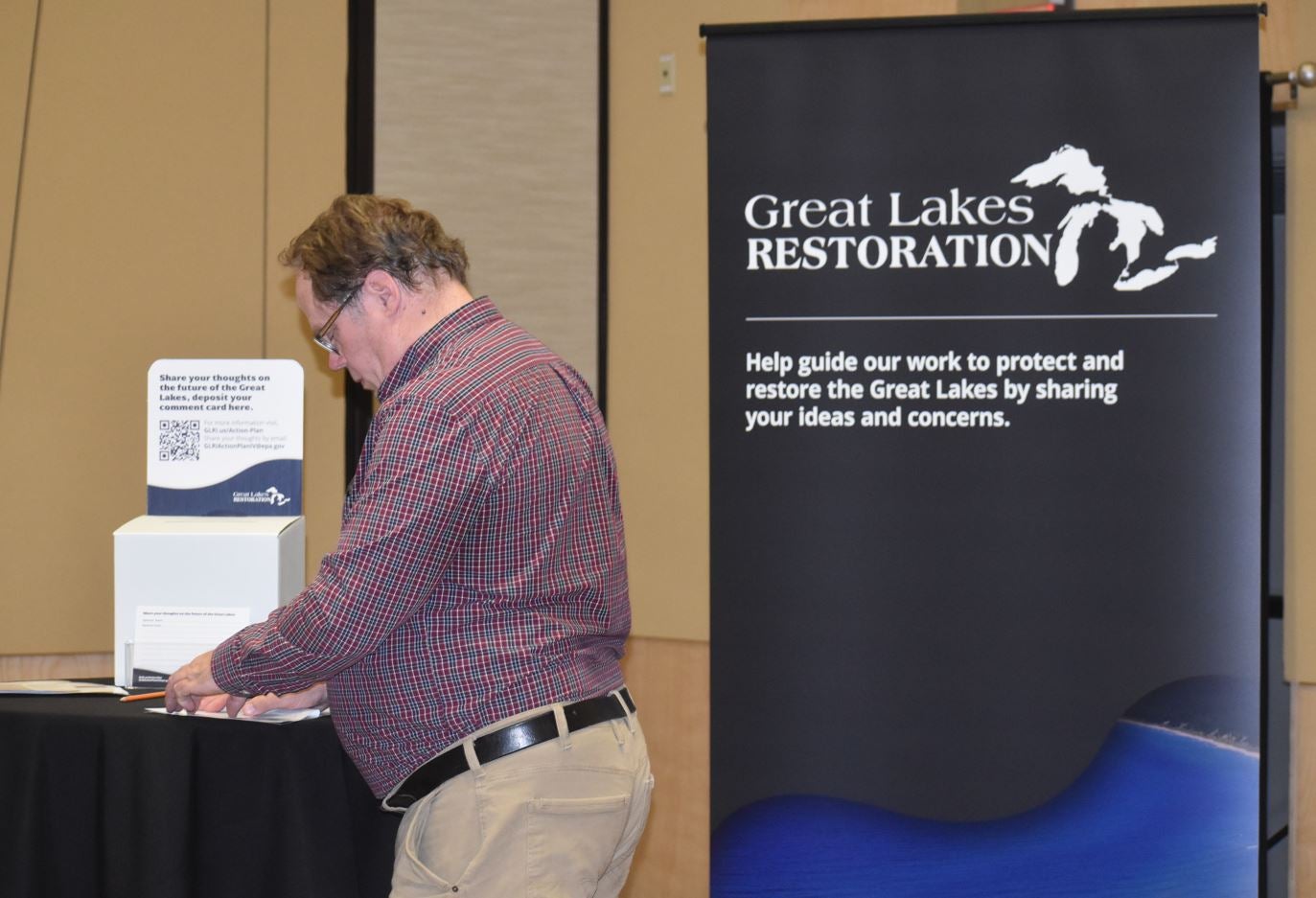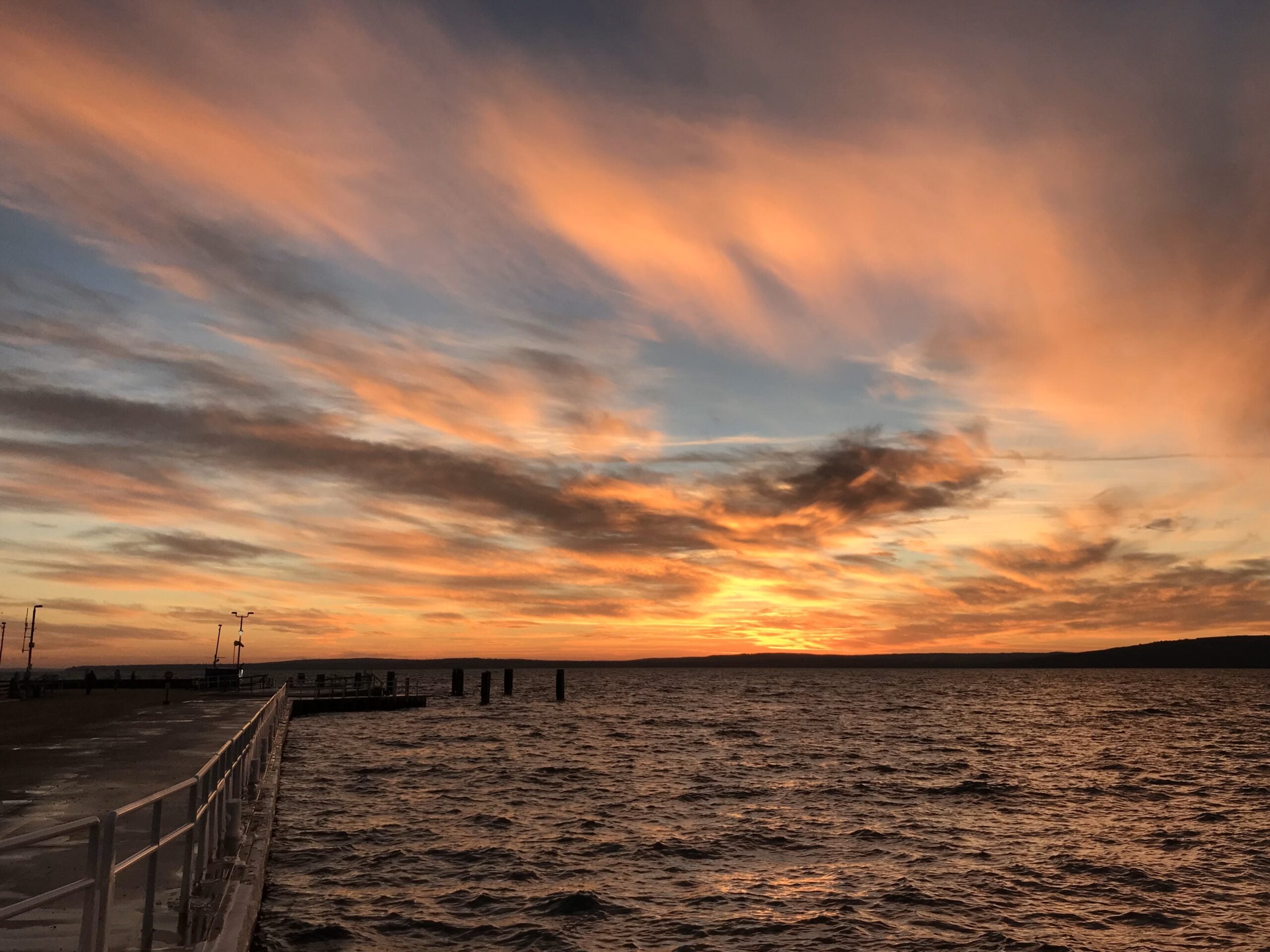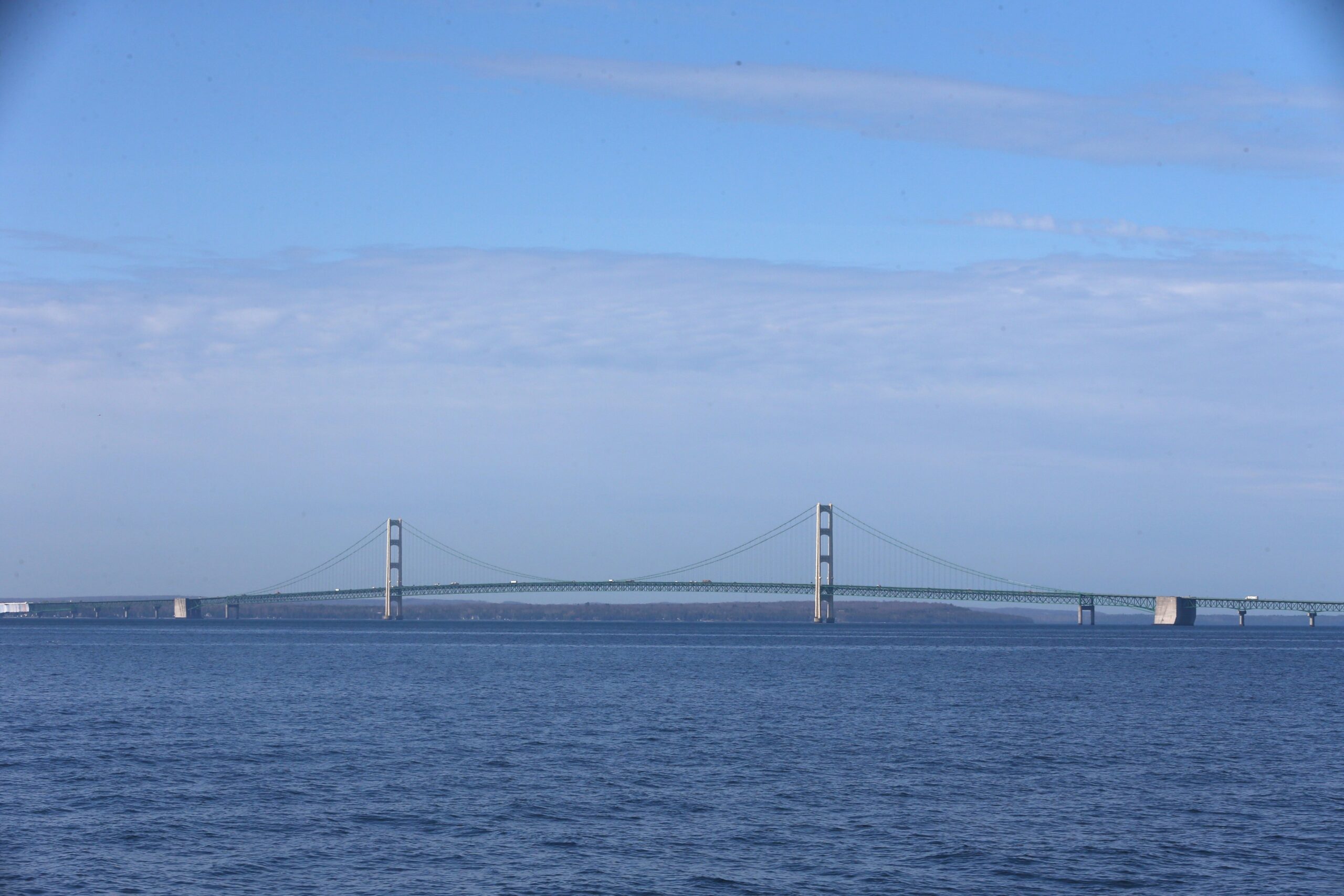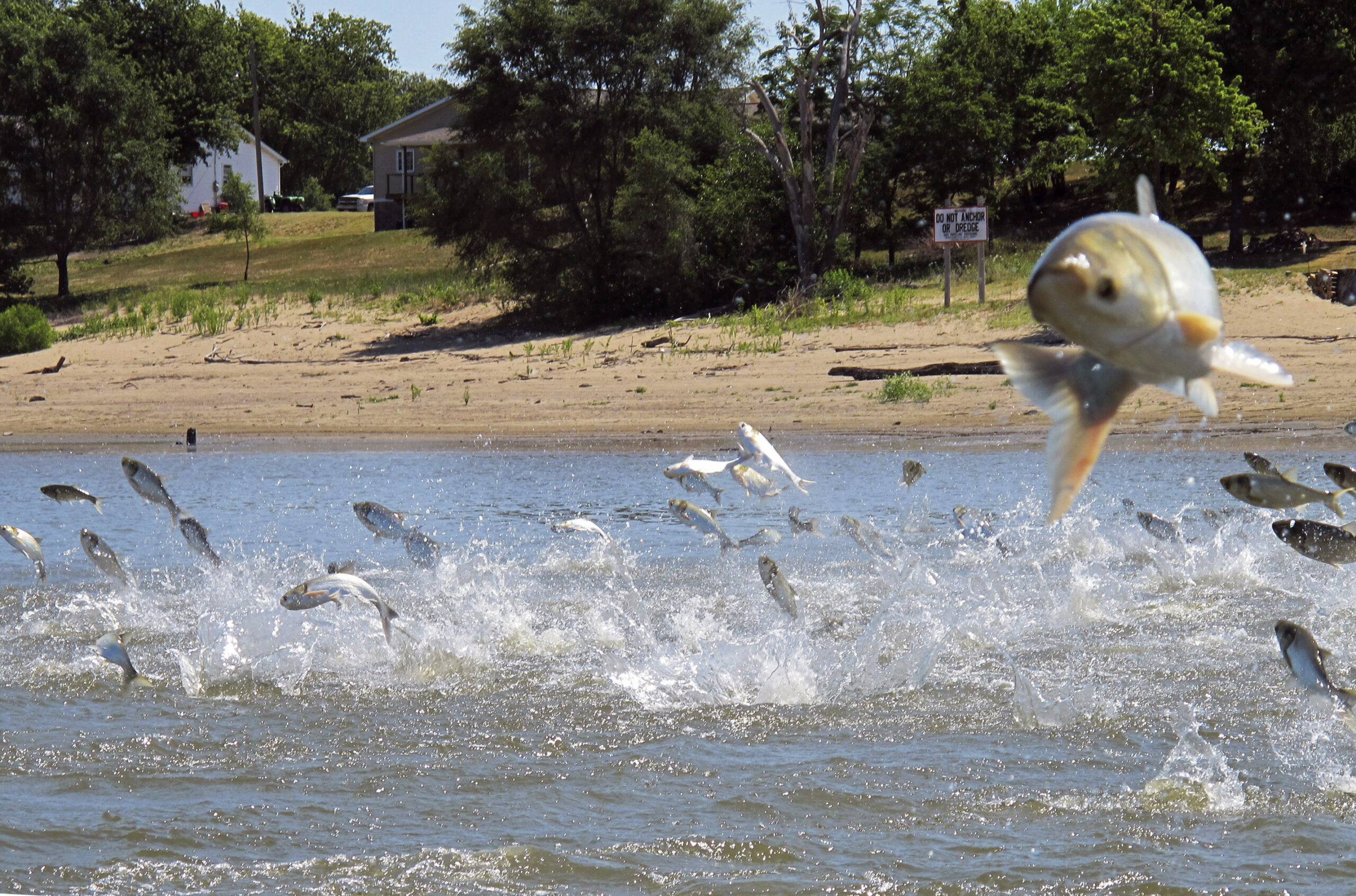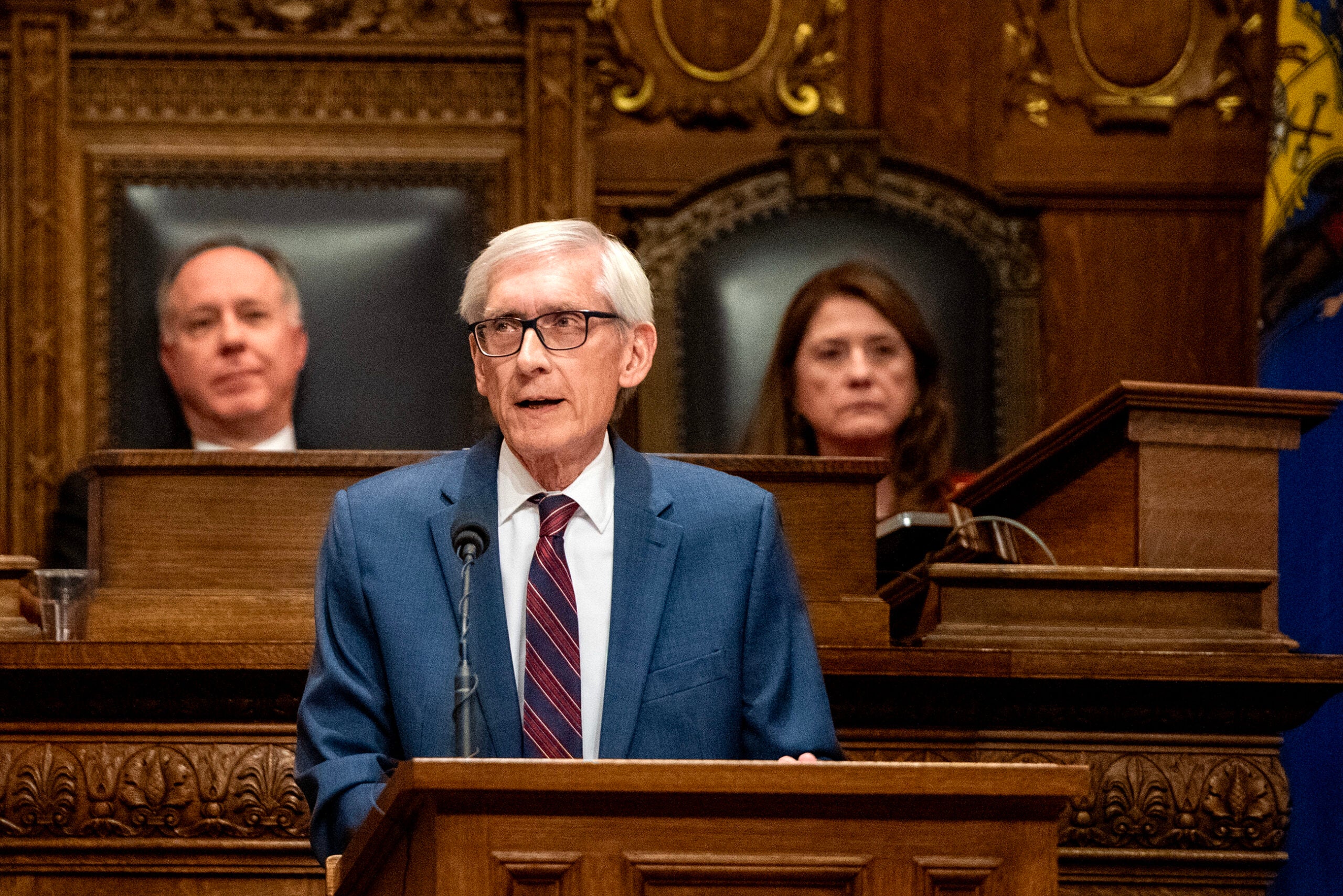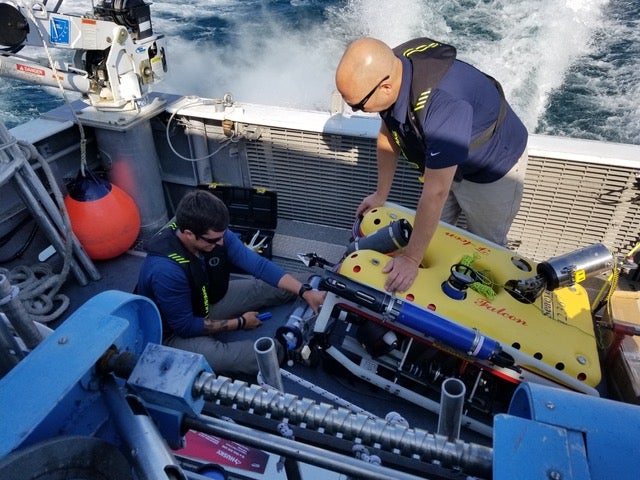Federal environmental regulators are seeking input on their latest plan to guide restoration and protection of the Great Lakes under an Obama-era cleanup program.
The U.S. Environmental Protection Agency and partners are developing an updated action plan that will guide work under the Great Lakes Restoration Initiative, or GLRI, from 2025 to 2029. Established in 2010, the program has leveraged more than $3.6 billion to fund more than 7,300 projects in the Great Lakes region. Wisconsin had received more than $650 million through the program as of earlier this year.
Much of that funding has been dedicated to cleaning up the most polluted hotspots on the Great Lakes, known as Areas of Concern. The U.S. and Canada designated 43 such sites in 1987, including five polluted areas in Wisconsin.
Stay informed on the latest news
Sign up for WPR’s email newsletter.
On Wednesday, the agency kicked off the first of four in-person sessions to collect input on the plan in Superior. Chris Korleski, director of the EPA’s Great Lakes National Program Office, said only one site had been cleaned up prior to the program’s creation.
“Because of the GLRI, we’ve done six more,” Korleski said. “We’ve completed the work at about 10 more on top of that.”
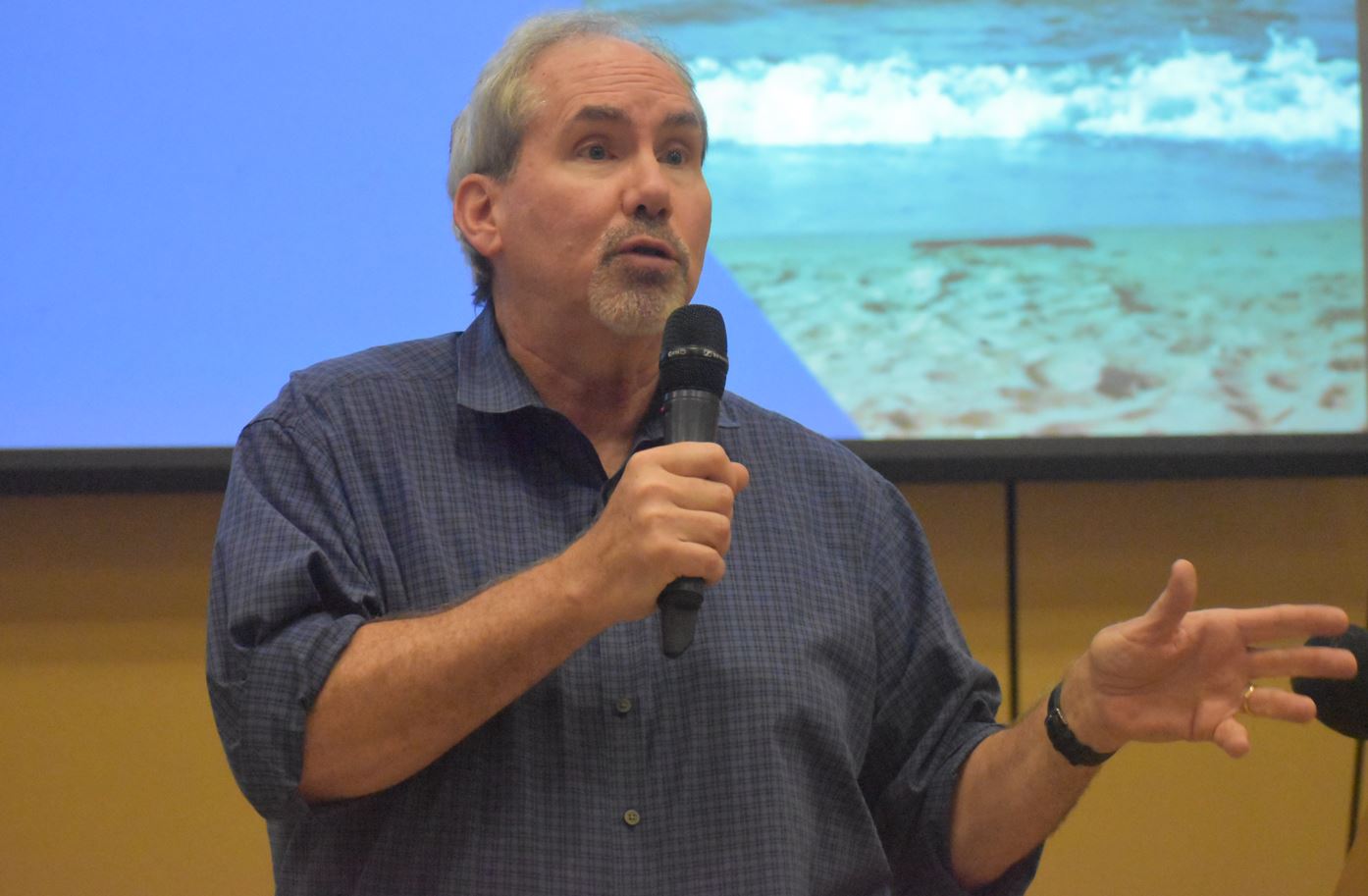
Korleski and the program’s supporters say none of that work would have happened without the federal investment. The program has received bi-partisan support in Congress, which authorized its funding to grow from $300 million to $475 million each year by 2026.
Last year, a $1 billion boost to the Great Lakes Restoration Initiative under the bipartisan infrastructure law sought to speed up work to clean up sites. Federal regulators now aim to clean up all but three of the nation’s remaining 25 polluted sites by 2030.
As part of that, they’re seeking input on key priorities to accomplish the program’s goals across five focus areas that include addressing contaminated hotspots, invasive species and polluted runoff.
The St. Louis River that separates Duluth and Superior is one of four polluted sites remaining in Wisconsin. So far, only the Lower Menominee River has been delisted in Wisconsin.
Prior to the Clean Water Act, industrial practices and poor wastewater treatment led to pollution of waterfront areas. The St. Louis River was listed with nine impacts stemming from contamination that include fish tumors, toxic chemicals in sediments, and loss of fish and wildlife habitat. So far, four of those impairments to the river have been removed, according to Cherie Hagen. She’s the Lake Superior Supervisor with the Office of Great Waters at the Wisconsin Department of Natural Resources.
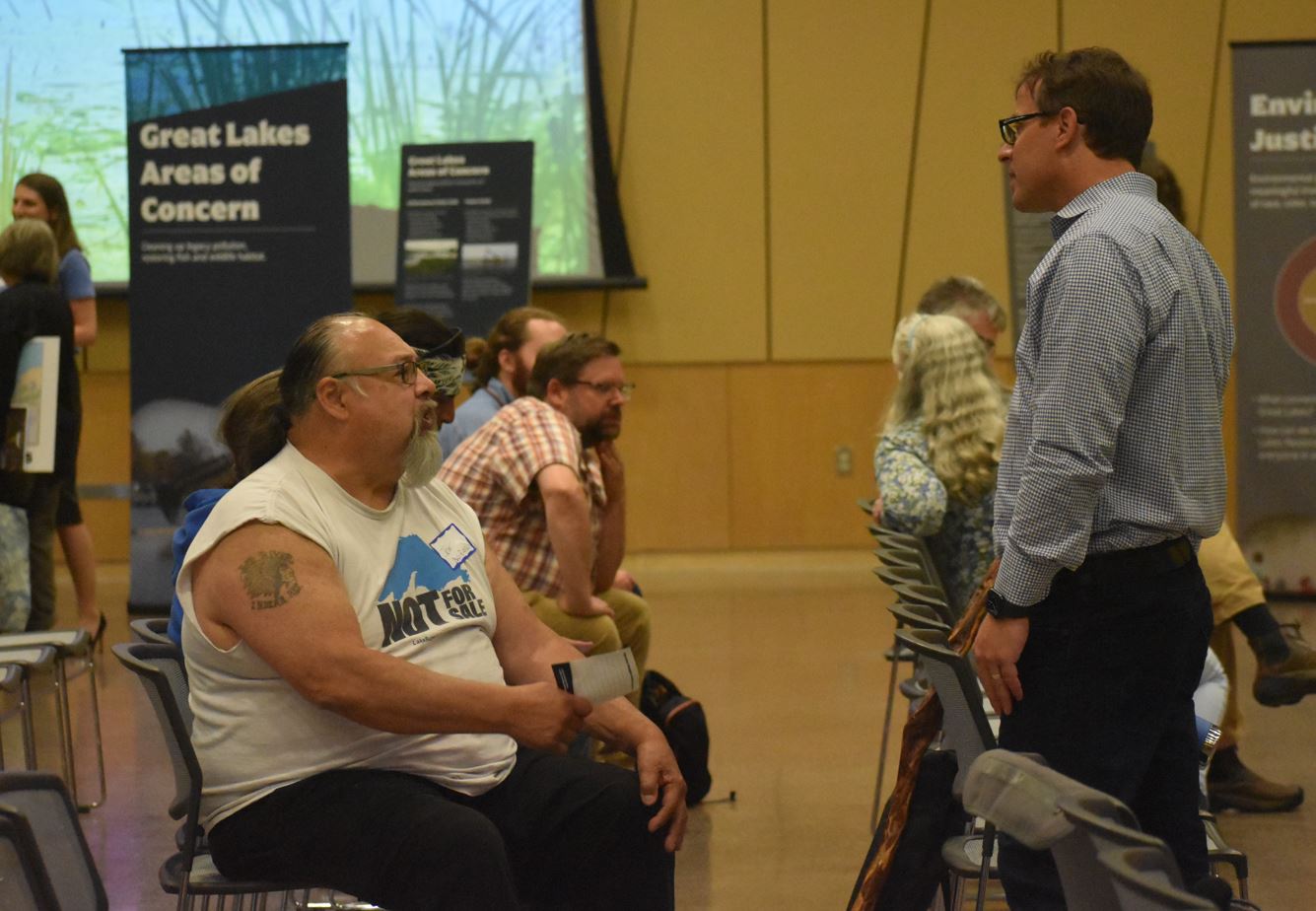
Hagen said agencies have been working to clean up sediments at sites on the river in Wisconsin and Minnesota, noting almost two thirds of projects are complete. Their work has included projects at Howards Bay and Pickle Pond in Superior, as well as a roughly $186 million effort to clean up contamination of Spirit Lake south of Duluth that’s ongoing.
She and her counterpart Melissa Sjolund with the Minnesota DNR would like to see the plan address what work in the river looks like once it’s delisted.
“There’s still other habitat needs in the estuary that go beyond the Area of Concern,” Hagen said.
Sjolund added they’re facing ongoing threats from things like invasive species.
“We talk a lot about making our habitats resilient to climate change,” Sjolund said. “We want to be able to keep adapting and continue to do work around the lake.”
Federal regulators are hoping to get a better idea how the effects of climate change can be addressed within the plan, as well as environmental justice.
Nancy Schuldt, water projects coordinator for the Fond du Lac Band of Lake Superior Chippewa, said funding through the Great Lakes Restoration Initiative has enabled her to continue work on protecting water resources for the reservation.
She pointed to a recent decision by the U.S. Army Corps of Engineers to revoke a federal permit for a proposed copper-nickel mine in northeastern Minnesota, formerly known as PolyMet. The agency said the permit didn’t ensure compliance with water quality standards for the tribe, which is downstream of the mine site.
“The support that we had for GLRI tribal capacity (funding) for even to help lay the groundwork for legal challenges – in my mind, this is what environmental justice looks like,” Schuldt said.
In Milwaukee, Cheryl Nenn, riverkeeper with Milwaukee Riverkeeper, has been involved with cleaning up another polluted hotspot for much of the last two decades. Nenn said she would like to see the agency help fund job training programs to build capacity for underserved communities to maintain sites once they’re cleaned up.
“We want to make sure that we’re certainly taking advantage of this huge investment that is going to be made in Milwaukee, not only in our natural areas, but in our people,” Nenn said. “I think that’s something we’re certainly really pushing that EPA help fund that important work of making sure these historically underserved communities are more involved in this decision-making (and) job training.”
Efforts are ongoing to clean up contaminated sediments and restore habitat for the Milwaukee Estuary Area of Concern. The site includes part of the Milwaukee, Menomonee and Kinnickinnic Rivers. Contamination has caused 11 impacts to the estuary that include lost fish and wildlife habitat, restrictions on fish and wildlife consumption, and toxic chemicals in sediments.
The area is dealing with historic industrial pollution from heavy metals and polychlorinated biphenyls or PCBs, which were banned in 1979. Nenn said work is currently underway to dredge contaminated sediments where the Milwaukee River flows into Lake Michigan.
The EPA will hold additional meetings this summer on its next plan for the program in New York and Michigan. A meeting in Milwaukee will be held at Discovery World on July 25, and people can provide input during an online session on Wednesday, August 23. Federal regulators aim to complete the plan by September of next year.
Wisconsin Public Radio, © Copyright 2025, Board of Regents of the University of Wisconsin System and Wisconsin Educational Communications Board.
